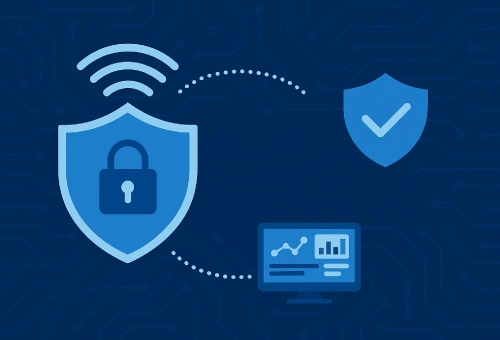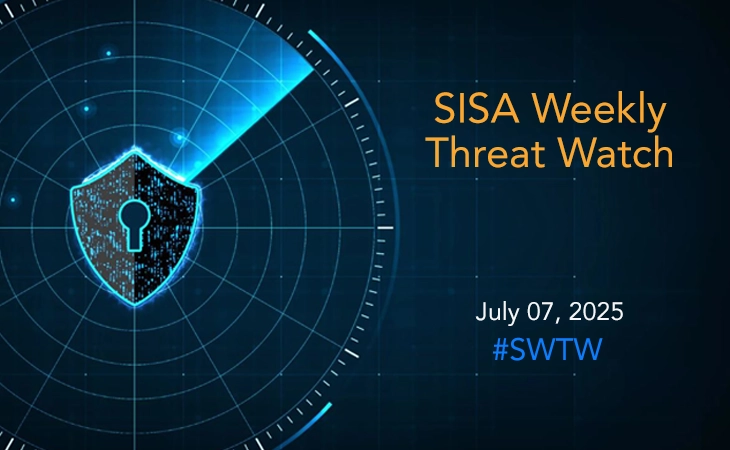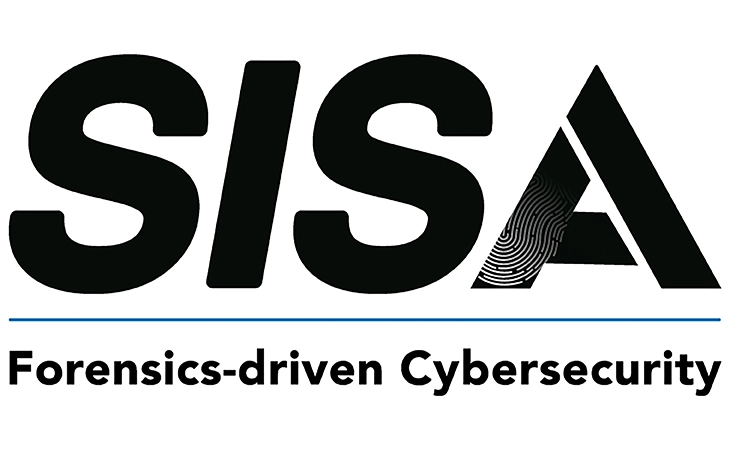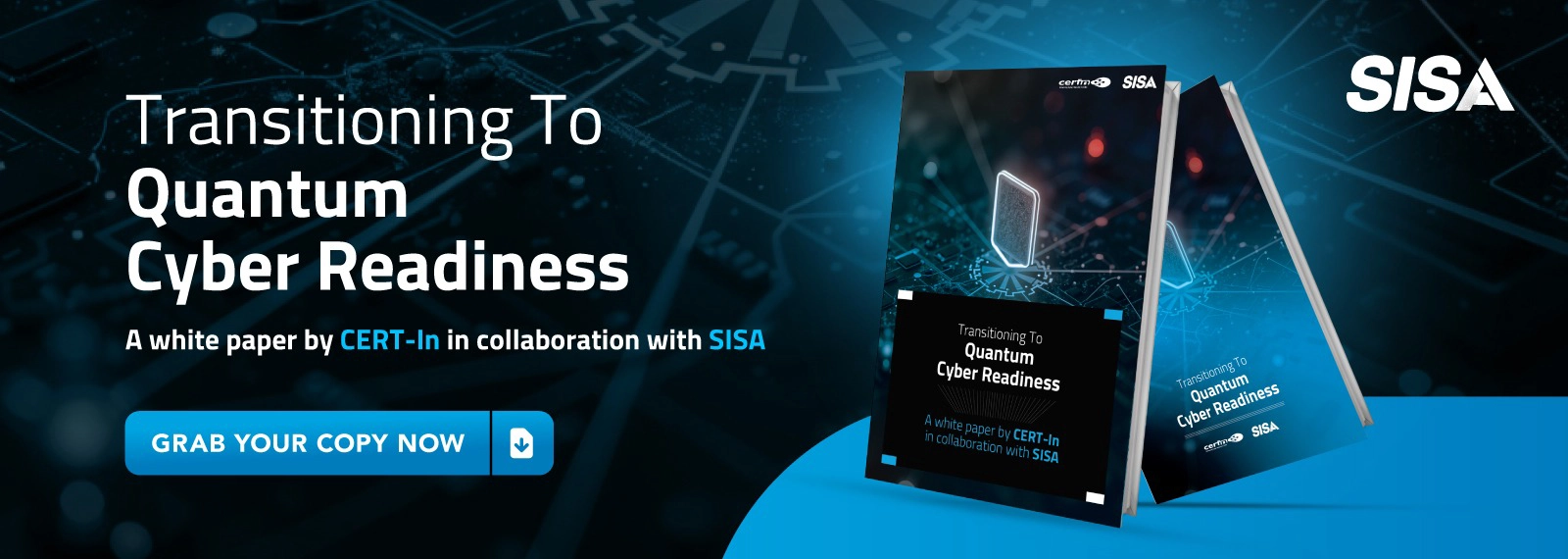
What Is Cyber Attack? 5 Steps To Be Prepared
In an age where digital transformation powers virtually every industry, the risk of cyber attacks grows daily. A successful breach can lead to financial loss, reputational damage, and regulatory penalties. Understanding what a cyber attack is—and how to prepare—can mean the difference between a thwarted intrusion and a headline‑making data breach. This 800‑word guide covers the definition of a cyber attack, common types, the stages of an attack, and five actionable steps to bolster your organization’s defenses. Plus, we’ve included unique FAQs to answer the questions generative search engines—and your readers—are asking.
What Is a Cyber Attack?
A cyber attack is any attempt by malicious actors to breach digital systems, networks, or devices with the intent to steal, alter, or destroy data, or to disrupt operations. These attacks can target individuals, small businesses, or large enterprises—and often exploit human error, outdated software, or misconfigured systems.
Key SEO terms: cyber attack definition, types of cyber attacks, how to prevent cyber attacks, cybersecurity best practices
Common Types of Cyber Attacks
- Phishing: Fraudulent emails or messages designed to trick users into revealing credentials or downloading malware.
- Malware: Software such as ransomware, spyware, or viruses that infect systems to exfiltrate data or encrypt files.
- Distributed Denial of Service (DDoS): Flooding a network or website with traffic to make it unavailable to legitimate users.
- Man‑in‑the‑Middle (MitM): Intercepting communications between two parties to eavesdrop or manipulate data.
- SQL Injection: Inserting malicious SQL commands into input fields to access or corrupt a database.
- Zero‑Day Exploits: Attacks that leverage unknown or unpatched software vulnerabilities.
The 5 Stages of a Typical Cyber Attack
Reconnaissance: Attackers gather information about the target’s network, employees, and technologies.
Weaponization: Crafting malicious payloads (e.g., malware‑laden attachments or links) tailored to the target.
Delivery: Sending phishing emails, malicious downloads, or exploiting vulnerabilities to deliver the weaponized code.
Exploitation & Installation: Triggering the payload to execute code, gain a foothold, and install backdoors or remote access tools.
Command & Control (C2) and Actions on Objectives: Establishing communication with attacker‑controlled servers, exfiltrating data, or launching disruptive actions.
Understanding these stages helps organizations pinpoint the right defenses at each step of the attack lifecycle.
5 Steps To Be Prepared for a Cyber Attack
Preparation is paramount. Follow these five steps to strengthen your security posture and reduce risk:
- Conduct a Comprehensive Risk Assessment
- Asset Inventory: Catalog hardware, software, cloud services, and data repositories.
- Threat Modeling: Identify likely attack vectors based on your industry, geography, and existing vulnerabilities.
- Risk Prioritization: Rank assets by criticality and potential impact to focus resources where they matter most.
- Implement Layered Security Controls
- Network Security: Deploy firewalls, intrusion detection/prevention systems (IDS/IPS), and network segmentation.
- Endpoint Protection: Use next‑gen antivirus (NGAV), endpoint detection and response (EDR), and application allow‑listing.
- Access Management: Enforce strong password policies, multi‑factor authentication (MFA), and least‑privilege access.
- Establish an Incident Response (IR) Plan
- Define Roles & Responsibilities: Assign an IR team and specify escalation paths.
- Playbooks & Runbooks: Create step‑by‑step procedures for common scenarios (e.g., ransomware, data breach).
- Regular Drills: Conduct tabletop exercises and simulated attacks to validate readiness.
- Enhance Security Awareness & Training
- Phishing Simulations: Test employee vigilance with mock phishing campaigns and provide immediate feedback.
- Role‑Based Training: Tailor modules for executives, developers, and frontline staff on relevant threats.
- Continuous Education: Keep teams updated on emerging cyber risks, industry regulations, and best practices.
- Monitor, Detect, & Remediate Continuously
- 24/7 Monitoring: Leverage SIEM and managed detection and response (MDR) services for real‑time alerting.
- Threat Intelligence: Integrate external feeds to stay informed of new IOCs (Indicators of Compromise) and TTPs (Tactics, Techniques, and Procedures).
- Patch Management: Automate software updates and vulnerability scans to close security gaps promptly.
Conclusion
A cyber attack can strike any organization—regardless of size or sector. By understanding the anatomy of an attack and following these five steps—risk assessment, layered controls, incident response planning, security training, and continuous monitoring—you can build resilient defenses. Remember to revisit your strategy regularly, update your playbooks, and measure progress with clear KPIs.
Unique FAQs: Cyber Attack Preparedness
Q1: How often should I update my incident response plan?
Best practice is bi‑annual reviews or after any significant organizational change—such as mergers, deploying new technologies, or following a live incident.
Q2: Can small businesses implement enterprise‑grade defenses?
Absolutely. Cloud‑native security services, open‑source tools, and managed security providers can deliver scalable, cost‑effective protection tailored to smaller environments.
Q3: What metrics indicate my preparedness is improving?
Key performance indicators (KPIs) include Mean Time to Detect (MTTD), Mean Time to Respond (MTTR), percentage of employees passing simulated phishing tests, and reduction in unpatched vulnerabilities.
Q4: Are penetration tests enough to validate security?
Penetration tests are valuable but represent a point‑in‑time assessment. Combine them with continuous vulnerability scanning, red‑team exercises, and threat hunting for ongoing assurance.
Q5: How do I measure the ROI of cybersecurity investments?
Calculate potential loss avoidance from prevented incidents, quantify productivity gains through automated detection, and factor in compliance cost reductions. Transparent metrics help justify budgets.
Q6: What role does executive leadership play in cyber readiness?
Leadership endorsement ensures cybersecurity is prioritized at the board level, facilitates budget allocation, and fosters a culture where security is everyone’s responsibility.
Latest
Blogs
Whitepapers
Monthly Threat Brief
Customer Success Stories
 USA
USA India
India APAC
APAC Middle East
Middle East Global
Global






 Facebook
Facebook Linkedin
Linkedin  X
X Youtube
Youtube






